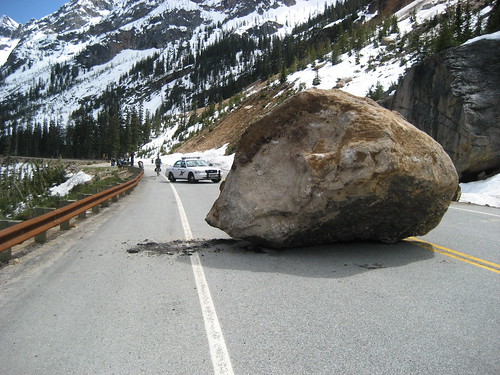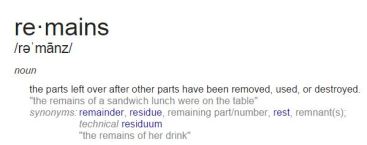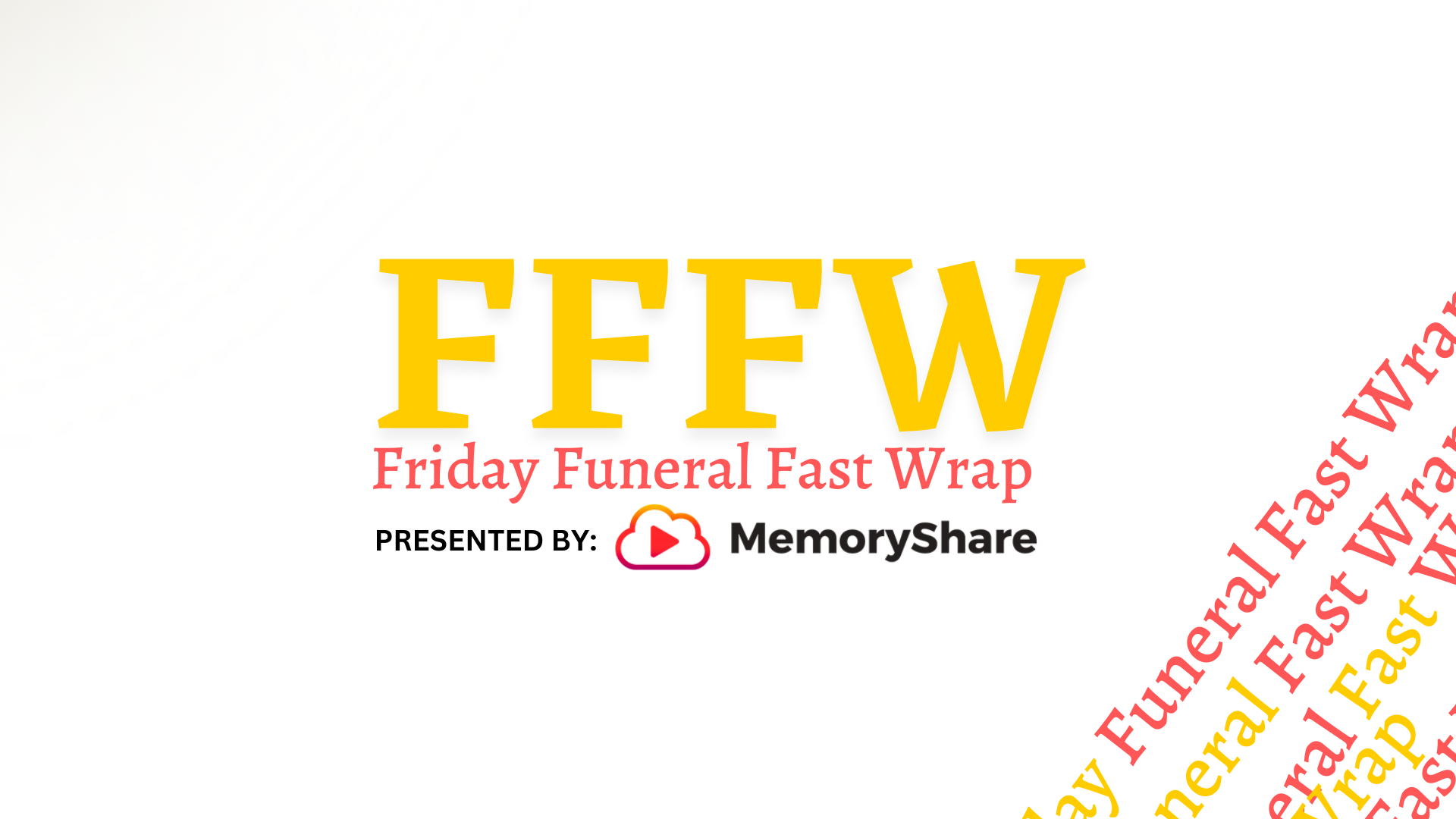I Want a Direct Cremation, Please.
Article originally appeared on Golden Rule FH
71% of Americans are projected to choose cremation in the year 2030.
Let that sink in.
Seventy-one percent!
The newest data from the 2015 NFDA Cremation and Burial Report: Research, Statistics, and Projections predicts that the cremation rate will surpass burial by the end of this year. If the projections bear out, we will see even higher numbers in 2020 and 2030.
|
2005
final
|
2010
final
|
2013
final
|
2015
projected
|
2020
projected
|
2030
projected
|
|
| Cremation (%) | 32.3 | 40.4 | 45.4 | 48.5 | 56.2 | 71.0 |
| Burial (%) | 61.4 | 53.3 | 48.7 | 45.6 | 37.9 | 23.2 |
– Chart and summary from NFDA.
So what’s the big deal?
With an increase in cremation, some families are choosing direct cremation without knowing all the options available to them. For funeral service professionals, mentioning all the appropriate services and other memorialization opportunities the funeral home has available is the key to arranging the most meaningful ceremonies possible for families. Take a step back and think – When you get a phone call for a direct cremation or when you meet with a family who’s interested in cremation, do you ask questions that tell you how they’d like to remember their loved ones? Do you mention all you have to offer that might achieve that objective? Is the family made aware of the options – that they can customize urns, be creative with final disposition, have a personalized memorial service, use a celebrant, or honor their loved one in a myriad of other unique ways?
OGR offered a webinar* earlier this month with Terry School of the Davis Whitehall Company, where Terry explored how cremation provides funeral directors with opportunities to tailor their services to the exact needs of each family. See below.
1. We Aren’t Order Takers.
“Get to know the family you’re meeting with. Find out as much as you can about the family so you know how to better serve them over the upcoming days.”
Being a funeral director means working weekends, holidays, and consecutive days, and for funeral directors who work long hours, working with families may become rote. Terry challenges directors not to rush through the arrangement conference or the telephone call just to “take the order”. He challenges directors to get to know families as much as possible because the information garnered may be helpful over the next few days.
Example – Knowing that the deceased was an avid golfer helps with planning the service, finding personalized mementos, customizing the urn, etc.

2. “Yes” or “No” Answers Can Create Road Blocks.
“It’s best not to assume that we know what a family wants. Answering with “Yes” or “No” may not give a family all the information they need.”
Which would be better in this example? A family asks if direct cremation is available-
The funeral director responds with “yes.”
OR
The funeral director responds with “Yes, we do offer direct cremation. Will you be holding a memorial service or commemorating the life of your loved one as well? We can help with planning that or point you in the direction of some resources that will help.”
By learning more about the customer and creating a dialogue, road blocks are removed for the family and for your business.
3. Language Matters and Can Change the Identity of the Family’s Loved One.
“When we embalm someone and have prepared the body for burial, we don’t refer to the deceased as the embalmed body ; when speaking to the family, we say Martha or your mother. Neither should we refer to the deceased as ashes or cremated remains when discussing cremation.“
According to Google, remains are “the parts left over after other parts have been removed, used, or destroyed.”

What do we do with the remains of something? Typically, we throw them away.

Terry comments, “Every time we use cremains orashes when referring to a family’s loved one, we are subliminally telling them it’s okay to throw their loved one away. By using such language, we change the identity of their loved one to something disposable.” Language has the power to change someone’s identity. Let that sink in.
Terry recommends using thefirst name of the deceased or his/her relationship to family members (mother, father, son, daughter, aunt, etc.) to keep the memory alive.
So what are the takeaways? By remembering to slow down with each family we come into contact with, ask open ended questions, and watch our language, we as funeral service professionals put the humanity back into the cremation process. We help facilitate memorialization and stay involved in arranging the most meaningful ceremonies possible for families. And that? That’s a big deal.




